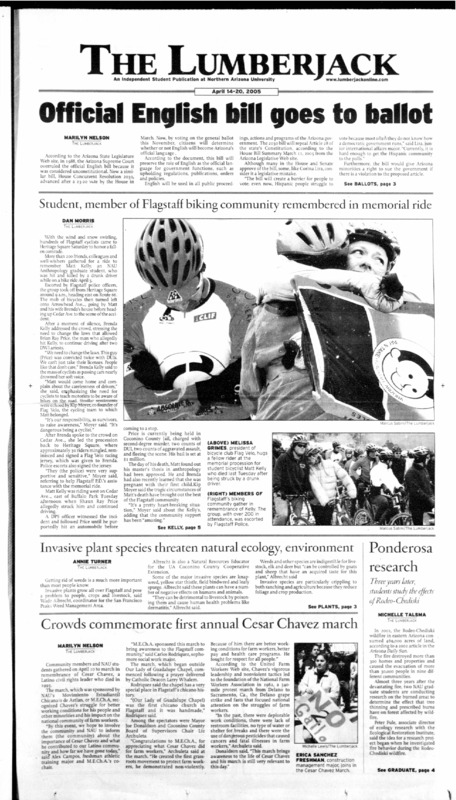Lasting Legacy
Cesar Chavez has become a national icon for the instrumental role he played in the farm workers movement as well as the sense of community he built among Hispanic Americans. Though certain communities, particularly those that rely on big agriculture, have tried to suppress the importance of Chavez’s history, Hispanic Americans continue to keep Chavez’s legacy alive and recognize the importance of his work. The mural above depicts the leader of the United Farm Workers organization, Cesar Chavez, in traditional Aztec clothing and draws upon iconography from Aztec art to emphasize Chavez’s Mexican heritage. Seated next to Chavez is the Aztec goddess of fertility and harvest, Tonantzin, which further alludes to Chavez’s political ties to migrant farm workers and the UFW.
The successes of the UFW inspired later generations of hispanic Americans to continue fighting social injustices and take pride in their heritage. Hispanics across the American southwest celebrate the perseverance of migrant workers and their leaders for the successes they achieved. Communities have commissioned murals, statues, and other landmarks dedicated to the UFW, as well as Cesar Chavez who served as the leader of the farm workers movement until his death in 1993. This excerpt from Northern Arizona University's student-led magazine, The Lumberjack, features an article about the first annual Cesar Chavez march in April of 2005. The march was organized by a Hispanic student organization, Movimiento Estudiantil Chicana/o de Aztlán (M.E.Ch.A), at NAU to honor the memory of the United Farm Workers’ leader. M.E.Ch.A hoped to raise awareness about the important role that Cesar Chavez played in the fight for Hispanic migrant workers’ rights as well as his influence on the overall Chicano population of the United States. The march started at the first Chicano church in Flagstaff, Our Lady of Guadalupe Chapel, and continued on through the city of Flagstaff, Arizona.
This mural in the parking lot of a restaurant in Los Angeles, California, depicts the leader of the United Farm Workers’ movement, Cesar Chavez, alongside former President Abraham Lincoln and the Statue of Liberty. By pairing Chavez with popular American icons, the artist conveys Chavez’s cultural importance and the historical significance of his involvement with migrant farm workers in the American Southwest. The colors used in the background of the mural are red, white, and green, which represent the colors of the Mexican flag and further draw connections between the United States and Mexico’s long political history.


